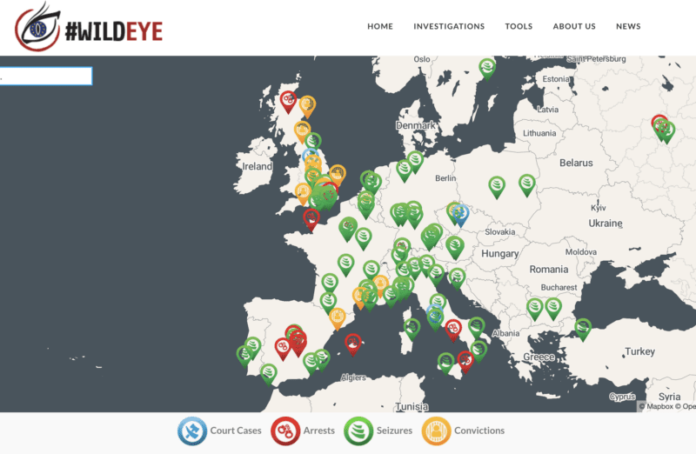Navigating the Intricacies of Illegal Wildlife Trade
Welcome to the third installment of the World Wildlife Crime Report. In this edition, we venture into the intricate world of illegal wildlife trade, dissecting the current patterns in the trafficking of endangered species. Our goal is to systematically analyze the damage and repercussions of wildlife crimes, explore the driving forces behind these illicit activities, and evaluate the efficacy of various strategies implemented to address this issue.
A Detailed Examination of Wildlife Offenses
The report presents detailed case studies on the unlawful commerce involving orchids, seahorses, rosewood, elephant tusks, rhinoceros horns, and pangolins. Through these particular instances, we aim to illuminate the multifaceted nature of wildlife trafficking and the complexities involved in its deterrence.
Empirical Analysis Based on Data

Our analysis is rooted in data amassed from global governmental seizures of wildlife. Utilizing this information, we are able to offer both global and thematic perspectives that provide significant insights into the magnitude and extent of wildlife trafficking. Moreover, we draw upon an array of supplementary sources, including recent fieldwork by UNODC, additional market data, research prompted by CITES mandates, and an examination of the burgeoning scholarly work in this domain. We have engaged with numerous experts in related fields to guarantee the thoroughness and precision of our conclusions.
Through this research, we aspire to enhance the worldwide comprehension of wildlife crime and its consequences. By highlighting the elements that fuel the trends in wildlife trafficking, we anticipate that policymakers, enforcement bodies, and conservation groups will gain informed guidance on the most impactful measures to counteract this unlawful trade.

